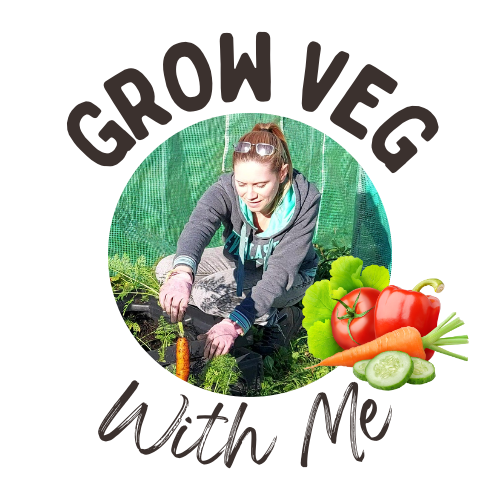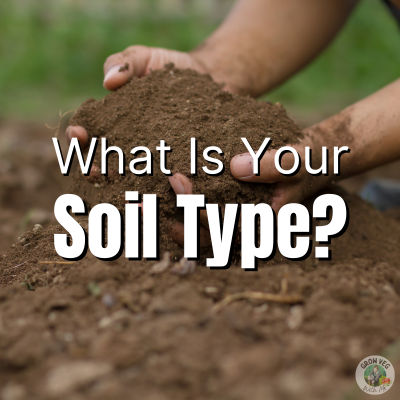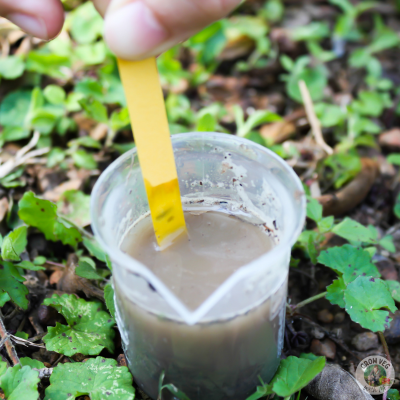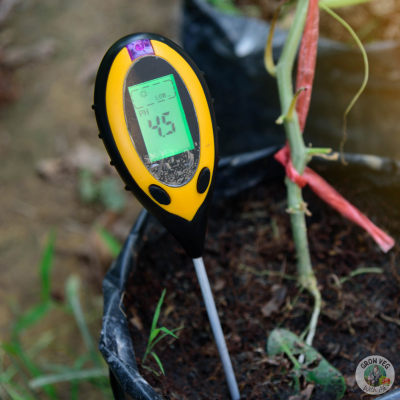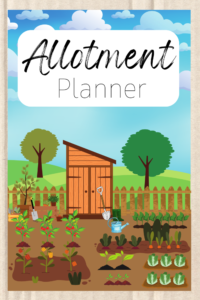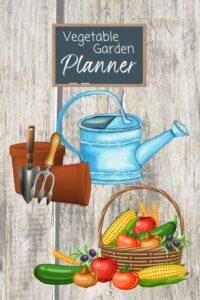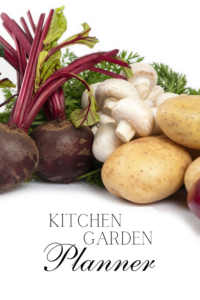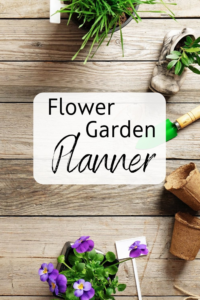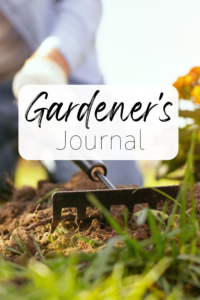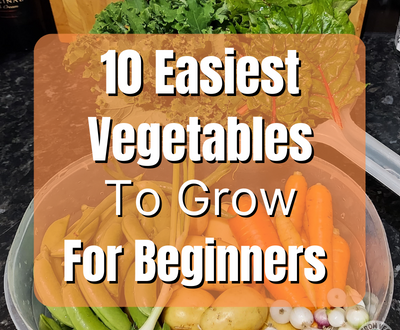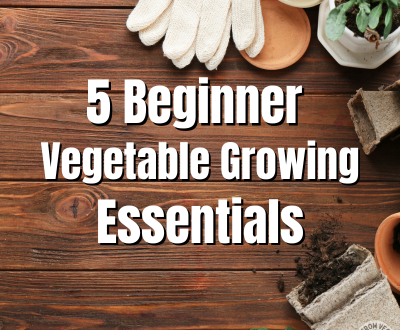Knowing the soil type and PH levels in your growing space is important to ensure healthy plants and avoid disease.
Some soil types can be challenging to grow in because they need additives. Others hold too much moisture and can drown your plants. Nutrients can be added to some soils but are quick to be washed away.
Unfortunately gardening isn’t always as straight forward as planting a seed and watching it grow!
There are six main soil types:
- Clay soil (or heavy soil)
- Sandy soil (or light soil)
- Silt soil
- Loamy soil
- Peat soil
- Chalky soil
If you don’t know what soil type you have, there is a simple way to find out.
Taking a handful of your soil, let it run through your fingers and try to squash it together.
Peat soil is springy and dark in colour but it is quite rare to find it in your garden.
Chalky soil is usually full of stones and can either be light or heavy.
Clay soil will be sticky and can be formed into a ball when pressed, not returning to its previous shape.
Sandy soil will run easily through your fingers and you will be able to feel it’s gritty texture. You won’t be able to press it together; it will fall apart.
Silt soils will roll into a ball, but not as well and have a smooth texture.
Loamy soil is a mixture of clay, sand and silt so will have different textures and the ability to clump together, although not as well as clay soil.
What Is Your Soil Type?
If you’ve worked this out by now, you can move on to what you can do to improve your soil in order to have healthy plants that are free from disease.
It is worth noting that a lot of soils will not fit into any of these categories exactly – most soils are a mixture of different types.
Clay Soil:
Also known as heavy soil because of it’s ability to hold water, clay soil can take a long time to drain. Because of this, it can become waterlogged in wet weather. This is also the reason it takes longer to warm up in the spring.
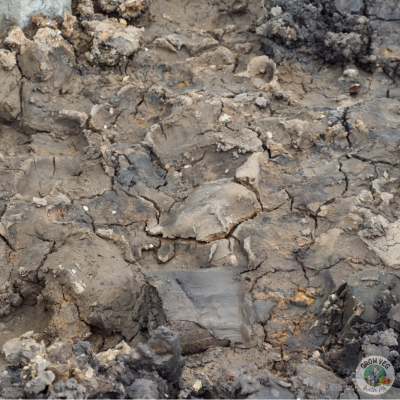
In hot weather, clay soil will dry out and cracks will appear because the soil has turned hard.
My allotment plot had clay soil and it was very difficult to dig into when I was just starting to arrange where to place my beds.
I needed to mix some sand and stones into some areas where puddles had formed to help with drainage.
Clay soils contain quite a lot of nutrients but it is difficult for plants to access them.
One tip is to add organic matter into this type of soil which breaks it up into ‘crumbs.’
This method will also help with the drainage issue and allow the soil to warm up easier and quicker than before.
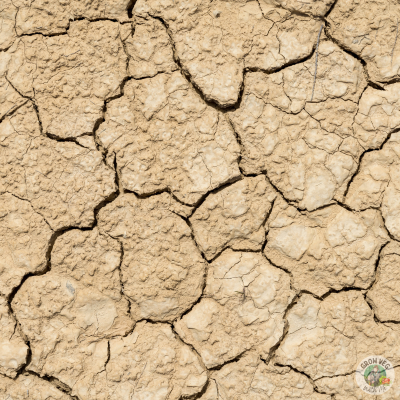
Sandy Soil:
Drainage is also an issue with this type of soil, but unlike clay soils, the opposite is true. Water drains out of sandy soil very quickly but unfortunately, so do nutrients.
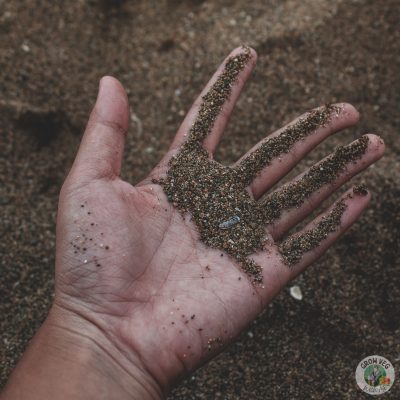
The plus side of a sandy soil is that it is easy to work with and warms up quickly in the spring time.
You can add in some organic matter to help the soil stick together and retain more moisture and nutrients. However, it would be advisable to add in some fertiliser before planting in it.
Sandy soil is usually acidic.
Silt Soil:
Also a lighter soil type, silt soil has fine to medium sized particles and is known as a free-draining soil.
It doesn’t lose as much moisture as a sandy soil and contains more nutrients. It can also be compacted pretty well which comes in useful when growing vegetables.
As with most soils, adding organic matter to it will improve it’s growing potential.
The downside to a silty soil is that it can be worn away easily by weather if it isn’t covered up by plants or other means of protection but soils containing a high percentage of silt aren’t usually found in gardens.
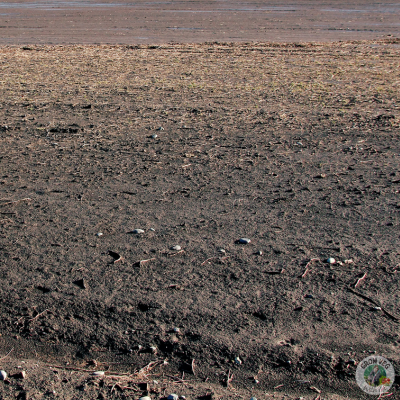
Loamy Soil:
Loams are the best combination of soils and just what every gardener dreams of!
Having quantities of silt, sand and clay makes them an almost perfect growing medium.
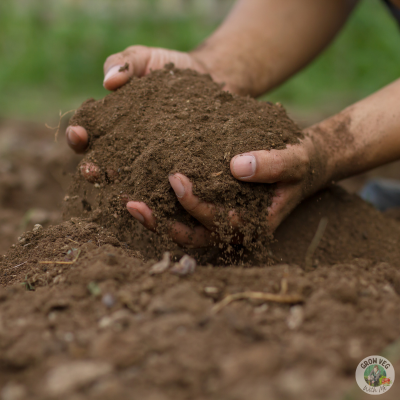
Benefits include holding onto nutrients, allowing them to be more fertile but avoiding drainage problems caused by too much clay or sand.
Even though Loamy soil is the best of the bunch, it won’t stay that way if you’re growing and digging in it every year.
As with all soils, it will benefit from some organic material to keep it fertile and replace nutrients.
Peat Soil:
Peat soils are spongy and mainly made up of organic matter.
You wouldn’t normally find this type of soil in a garden.
They can become waterlogged because they are very good at holding moisture but they aren’t very nutrient dense.
Peat soils are usually acidic and can be recognised because of their dark colour.
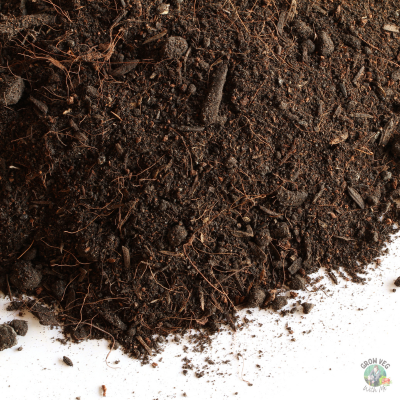
Chalky Soil:
Unlike peat, chalky soils are alkaline. This is due to them containing calcium carbonate.
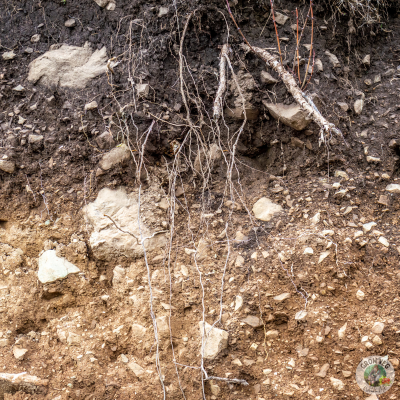
A good test to check for this is to place some of the soil into a container of vinegar. If it froths, this indicates the presence of chalk or limestone.
A chalky soil is not very fertile and is unable to hold moisture well.
You wouldn’t be able to raise the acidity level either, so acid loving plants would not survive in those conditions.
If clay is present in a chalky soil, it can help moisture retention and it may contain more nutrients.
PH Levels:
The acidity or alkalinity of soil depends on its PH level.
Like the soil type, PH levels will determine the plants you are able to grow in your garden or growing space.
Some plants like acid soils and cannot live in alkaline ground and vise versa so it really is important for you to know before you plant or even plan to grow anything.
You can find out what levels your own soil has by using a DIY Testing Kit which are available online and in garden centres.
alternatively, you can send a sample of to a laboratory for a detailed soil analysis.
Don’t use a DIY Testing Kit within three months of adding anything to the soil which might alter its PH. This could be organic matter, fertiliser or lime.
- A PH value below 7 is acid
- A PH of 7 is neutral
- A PH value above 7 is alkaline
Instead of using a kit, which requires mixing soil with water and then using litmus paper, you can buy a PH Meter instead.
This tool has a spike which is pressed into the soil and will electronically read the PH levels in the ground. This is my preferred method because it is quick and simple.
Extra Info:
- PH 3.0-5.0 is very acidic soil – organic matter is unable to rot down and provide nutrients. Lime can be added to raise the PH level.
- PH 5.1-6.0 is acidic soil – lime hating plants (heathers, rhodedendrons, camelias) can be grown.
- PH 6.1-7.0 is moderately acidic soil – The best PH level for gardening (high availability of plant nutrients and good bacterial and earthworm decomposition).
- PH 7.1-8.0 is alkaline soil – the lime levels can help to reduce club root disease in the brassica family of plants. Acidifying agents can usually be added to lower the PH level (except those with high chalk or lime content).
It is always important to read the seed packet or plant label to check which soil type and PH level is best for the plants you wish to grow.
If your soil isn’t compatible, additives can be used or you can always grow in raised beds or containers using multipurpose compost. There is always an answer to a problem when it comes to gardening!
I hope you found this post helpful – if you did please leave me a comment below and visit my instagram page and Youtube channel where you can see more of what I’ve been up to.
This post may contain affiliate links. If you click one and make a purchase, I may receive a small commission. This will be at no additional cost to you. You can read our disclosure policy here.
